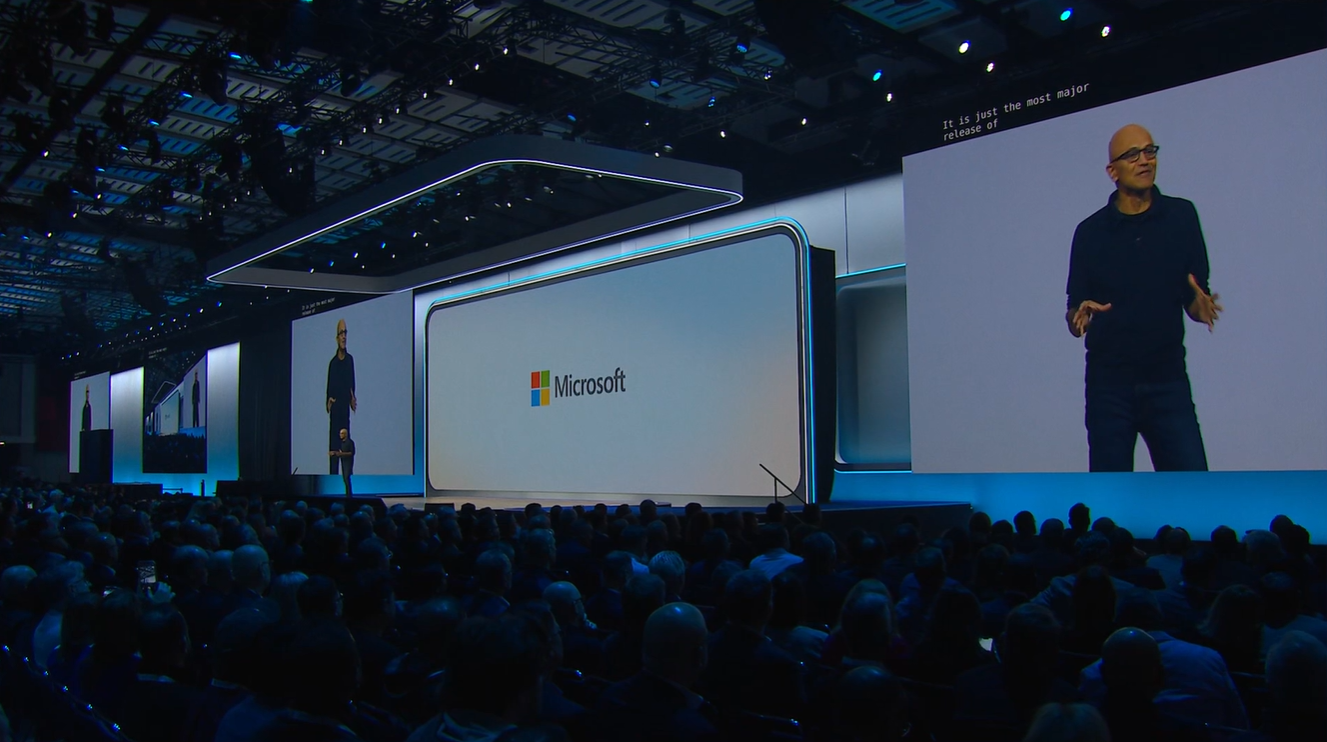Introduction
The world of high-performance computing (HPC) has experienced significant advancements, thanks to cloud-based solutions like Azure Virtual Desktop (AVD). With the ability to provide a virtualised Windows desktop environment and applications on any device, AVD has become an attractive solution for organisations seeking to leverage HPC resources. In this blog post, we'll explore several real-world use cases that showcase how AVD is revolutionising high-performance computing across various industries.
1. Engineering and Design
In industries like manufacturing, automotive and aerospace, computer-aided design (CAD) and computer-aided engineering (CAE) applications require immense computational power to run simulations and analyse complex data. AVD, when combined with GPU-enabled virtual machines, allows engineers to access these resource-intensive applications remotely. This capability not only improves collaboration among teams but also facilitates flexible working initiatives and reduces the need for expensive on-premises infrastructure.
2. Life Sciences and Pharmaceutical Research
In the life sciences and pharmaceutical industries, researchers often need to process large datasets and run complex simulations to analyse molecular structures, model protein interactions, or simulate drug responses. AVD, combined with Azure's HPC services, can provide researchers with the required computational resources on-demand, making it easier to process data and run simulations using any device, from any location.
3. Financial Services
Financial institutions often rely on high-performance computing to perform complex calculations, such as risk analysis, portfolio optimisation, and trading simulations. AVD allows financial professionals to access these resource-intensive applications remotely, reducing the need for in-house HPC infrastructure and enabling collaboration among teams in different locations. The flexible nature of AVD fits well within an industry that often relies on Contractors or 3rd parties both on and offshore to support different functions.
4. Weather and Climate Modelling
Meteorological organizations and research institutions require significant computational power to run simulations and analyse vast amounts of data for weather and climate modelling. With AVD and Azure's HPC services, these organisations can access the necessary resources remotely, enabling them to run more accurate and detailed models without investing in costly on-premises infrastructure.
5. Digital Media Production
Digital media production companies often require access to resource-intensive applications, such as video editing, animation, and 3D modelling tools. By using AVD with GPU-enabled virtual machines, these companies can provide their creative teams with remote access to the necessary applications, facilitating collaboration, remote working and reducing the need for expensive on-premises hardware.
6. Seismic Data Processing in the Oil and Gas Industry
The oil and gas industry relies on seismic data processing to analyse subsurface structures and locate potential oil and gas deposits. AVD, combined with Azure's HPC services, can provide geoscientists with the necessary computational resources to process vast amounts of seismic data and run complex simulations remotely.
7. Genomics and Bioinformatics Research
Genomics and bioinformatics research often involve processing and analysing large-scale genomic datasets to understand the genetic basis of diseases or develop new therapeutic interventions. Researchers can use AVD with Azure's HPC services to access the required computational resources, making it easier to perform complex genomic analyses.
8. Machine Learning and Artificial Intelligence (AI) Development
Machine learning and AI development often require significant computational power to train and fine-tune models based on large datasets. With AVD and Azure's HPC services, Data Scientists and AI developers can access the necessary resources remotely, enabling them to run complex algorithms and perform resource-intensive tasks more efficiently.
9. Computational Fluid Dynamics (CFD) Analysis
CFD analysis is used across various industries, including aerospace, automotive, and energy, to simulate fluid flow and analyse the interaction between fluids and solid objects. By leveraging AVD with Azure's HPC services, engineers can access the computational resources they need to run CFD simulations and analyse results using any device, from anywhere.
10. Virtual Reality (VR) and Augmented Reality (AR) Development
Developing VR and AR experiences often involves processing large amounts of data and requires significant computational power for rendering and simulation. AVD, combined with GPU-enabled virtual machines, allows developers to access the necessary resources remotely, making it easier to create and test immersive experiences.
Conclusion
In almost every industry sector, we have seen pockets of demand for HPC; even if that's at a small scale. Whilst in the short to medium term, there are valid concerns over GPU capacity in Azure, this problem wont exist forever and AVD is a solid strategy for these use cases, particularly if there is a need for elasticity in the workforce or performance of the machine. The very real comments we've had from clients that have adopted AVD for HPC are:-
- "We can now offer greater flexibility to the workforce; we can facilitate remote working to users that traditionally, needed to be in the office"
- "We've avoided a significant Capex outlay by adopting AVD for our HPC users"
- "The size of our design team grows and shrinks based upon demand and often we use contractors to supplement our in house team. AVD gives us the ability to grow and shrink the number of HPC desktops to align with demand"
- "We're confident that this gives us a solid long-term solution, as demands change, we can increase (or decrease) the power of these machines accordingly. Instead of second guessing what the world will look like in 5 years time"
- "All our users are on the latest technology. We don't have the politics or headache associated with users using machines from different era's!"
- "The ability we have to provision new machines quickly, has let to faster time to results"
- "Data is centralised and kept off the end-point, which pleases our security and compliance teams"
- "AVD is a really viable DR and Continuity solution for our team. If we need to invoke DR, or if very simply a users primary workstation is unavailable, AVD allows us to keep that user or a user group productive"
As demonstrated by these real-world use cases, AVD offers a flexible, scalable, and cost-effective solution for organisations seeking to harness the power of HPC without investing in expensive on-site infrastructure. By leveraging AVD, businesses can improve productivity, enhance collaboration, and drive innovation in their respective fields. By layering Nerdio over the top of these workloads (as well as our managed service of course :) ) this environment is optimised. These GPU machines are not cheap, but they become affordable when you introduce scaling logic and self service capability which really optimises the cost and gives us a host of simplified management and orchestration capabilities.

About the Author: Mike Starnes
Mike has worked in the IT Industry for over 20 years. If he's not talking technology, he'll be reading, playing football or trying to embarrass his daughters.



